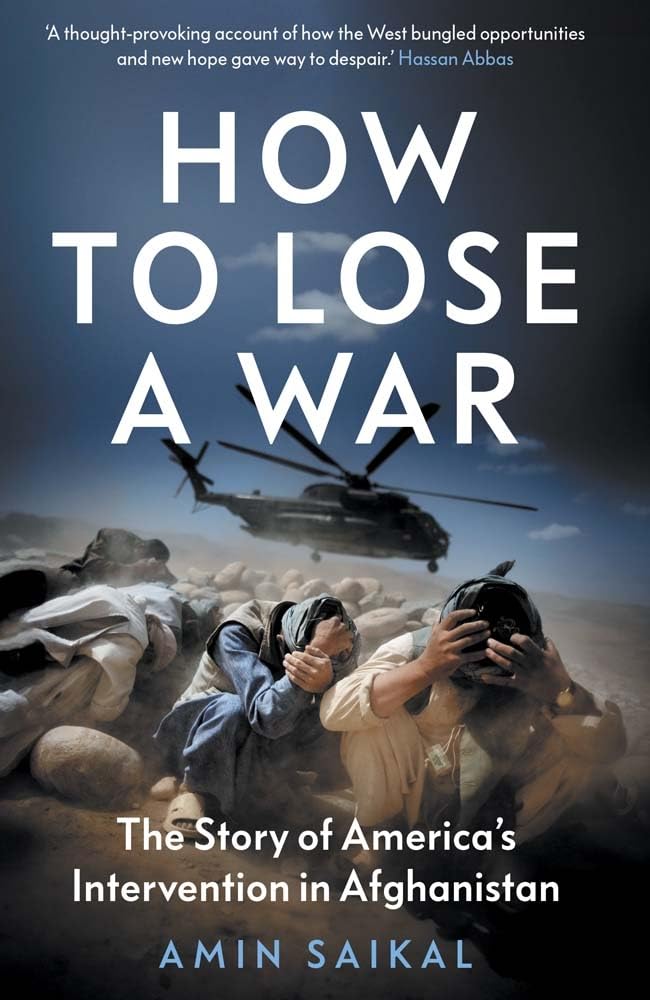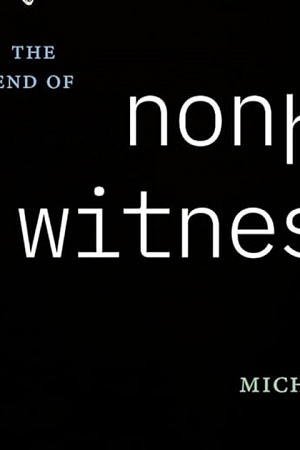How to Lose a War: The story of America’s intervention in Afghanistan
Yale University Press, US$30 hb, 318 pp
System failure
Though scarcely a teenager at the time, I remember clearly what I was doing when I heard the news of John F. Kennedy’s assassination in 1963. That was a seminal event for the baby-boomer generation – not only in the United States, but around a then barely globalised world. I suspect the equivalent event for young adults today is the horrifying television footage, rebroadcast countless times since, of two passenger aircraft being deliberately flown into the twin towers of New York’s World Trade Center on 11 September 2001.
That attack and two other terrorist actions that day, all using hijacked commercial airliners, caused nearly three thousand deaths in total. It was the deadliest attack on American soil since the Japanese strike on Pearl Harbor in 1941. By the evening of 9/11, as the date quickly came to be called, the CIA had determined that the terrorist organisation Al Qaeda, led by Saudi dissident Osama bin Laden and based in Afghanistan, had planned and carried out the four attacks with just nineteen men.
Continue reading for only $10 per month. Subscribe and gain full access to Australian Book Review. Already a subscriber? Sign in. If you need assistance, feel free to contact us.








![Susan Sheridan reviews ‘Joan Lindsay: The hidden life of the woman who wrote Picnic at Hanging Rock’ by Brenda Niall Joan and Daryl Lindsay at Mulberry Hill (National Trust of Australia [Victoria}, Mulberry Hill [MH4098], courtesy of Text Publishing)](/images/raxo_thumbs/tb-w300-h450-crop-int-2431e1ea35788b1963a98d8d66bf13a5-img.jpg)







Leave a comment
If you are an ABR subscriber, you will need to sign in to post a comment.
If you have forgotten your sign in details, or if you receive an error message when trying to submit your comment, please email your comment (and the name of the article to which it relates) to ABR Comments. We will review your comment and, subject to approval, we will post it under your name.
Please note that all comments must be approved by ABR and comply with our Terms & Conditions.